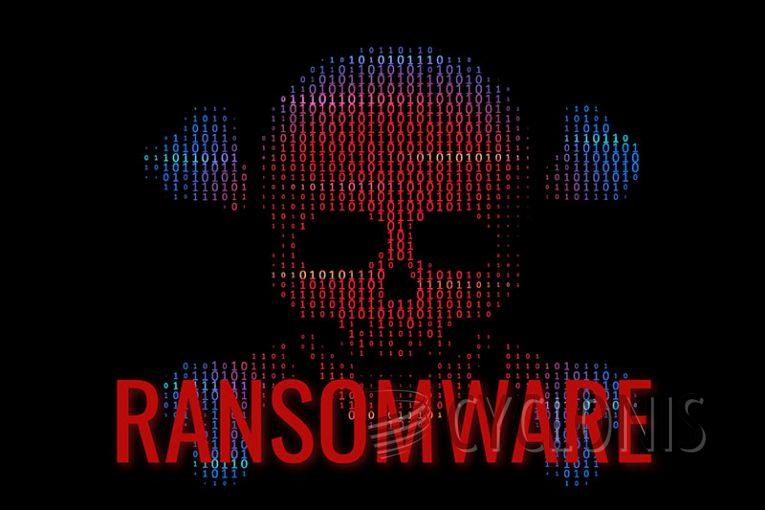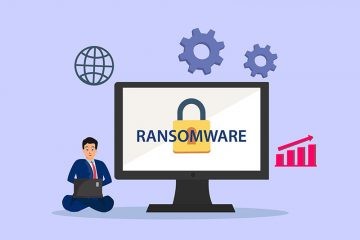What is Wztt Ransomware?

In the ever-evolving landscape of cybersecurity threats, the emergence of new malware strains is a constant concern. One such malware, known as Wztt ransomware, has recently surfaced, posing a significant threat to the digital world. In this article, we delve into the intricacies of Wztt ransomware, shedding light on its characteristics and potential consequences.
Table of Contents
Wztt Ransomware: A Malicious Encryptor
Wztt ransomware, like many of its malevolent counterparts, operates by encrypting various files on a victim's system and appending the ".wztt" extension to their filenames. For instance, a file originally named "1.jpg" would be transformed into "1.jpg.wztt" upon infection. This devious malware belongs to the Djvu ransomware family, suggesting a possible affiliation with other data-stealing malware such as RedLine and Vidar.
Decrypt or Pay: The Ransom Note
Upon infecting a system, Wztt leaves behind a digital calling card - a ransom note named "_readme.txt." In this note, the perpetrators provide contact information through two email addresses: support@freshmail.top and datarestorehelp@airmail.cc. Victims are sternly instructed to initiate contact within a 72-hour window to avoid a ransom fee escalation. The initial demand stands at $490, but failure to comply within the stipulated timeframe doubles this amount to a staggering $980.
The ransom note further emphasizes a chilling reality: encrypted files will remain inaccessible unless victims acquire decryption software and a unique decryption key from the cybercriminals. There is a glimmer of hope, however, as the note hints at the possibility of a single file decryption, albeit conditional on the file's lack of vital information.
While paying the ransom might seem like the quickest solution to regain access to encrypted files, it is not recommended. Numerous cases have been documented where victims paid the ransom, only to receive empty promises in return. Cybercriminals often fail to provide the necessary decryption tools, leaving victims in a state of despair. Instead, victims are encouraged to explore alternative avenues, such as third-party decryption tools or relying on existing data backups for file recovery.
The Crucial Need for Removal
In the battle against ransomware, time is of the essence. Swiftly removing the ransomware from compromised systems is paramount to prevent further encryption, which can even extend to other devices connected within the same local network. The removal process is a critical step in mitigating the damage caused by Wztt and similar threats.
Wztt ransomware is just one example of the countless ransomware variants circulating in the cyber threat landscape. Ransomware, in general, functions as a coercive tool used by malicious actors to extort victims into paying a ransom. In most cases, victims have no choice but to comply, as only the cybercriminals possess the vital decryption tools needed to restore their files. Some notorious ransomware variants include NoBit, Allahu Akbar, and Knight.
In conclusion, Wztt ransomware is a dangerous digital adversary that can wreak havoc on unsuspecting victims. It serves as a stark reminder of the importance of robust cybersecurity measures, regular backups, and vigilance against emerging threats in the ever-evolving world of cybercrime.









